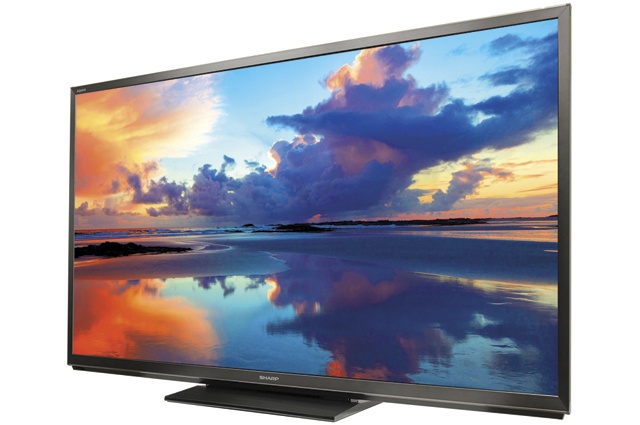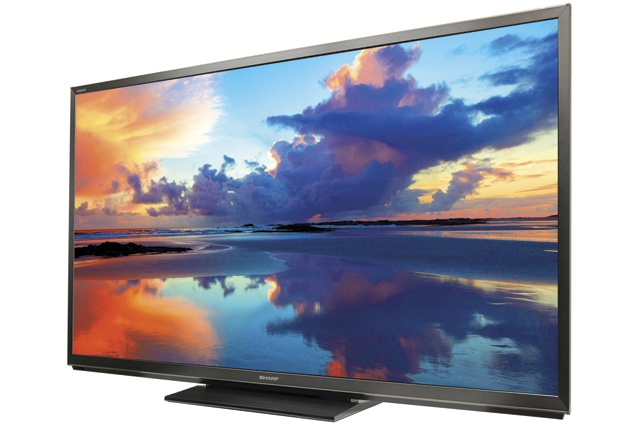Which appliance uses more energy: a refrigerator or a television? Some large TVs—when used an average of five hours per day—can cost more to operate than a new, basic refrigerator.
According to the U.S. Energy Information Administration, 44 percent of American homes have three or more television sets, and each set adds to a home’s monthly energy bill.
In the market for a new television? You’re not alone—U.S. consumers purchased an estimated 40 million new televisions with an average screen size of 50 inches last year.
To keep your electric bills in check, here are some tips to consider before buying a new television.
Display tactics
Three parts of a TV affect energy use: display technology, screen size and resolution. Plasma screens often are cited as the largest energy user—mainly because their large 42- to
65-inch screens typically draw between 240 and 400 watts.
LCD TVs don’t need much power to operate—111 watts on average. Most LCD screens range from 21 to 49 inches. These TVs fall into two categories: those with cold-cathode fluorescent lamps to illuminate the screen and backlit models employing a light-emitting diode. LED units offer better picture quality and thinner, lighter screens.
Remember that the larger the screen, the more energy you’ll drain. And although a high-definition TV transforms the latest blockbuster movie into a theater-like experience, these sets generally use more power.
Energy Star boosts ratings
Energy Star TVs cut an estimated $3.5 billion from consumer electric bills annually. The joint energy-efficiency ratings program of the U.S. Department of Energy and the U.S. Environmental Protection Agency created the first set of voluntary television efficiency standards in 1998. Today’s Energy Star-qualified screens use, on average, 40 percent less energy than standard models.
Standards are constantly ratcheting up. In 2008, a 50-inch Energy Star-rated television used 318 watts on average. In 2010, those sets had to curb energy use to 153 watts or less, and by 2012, no more than 108 watts. Energy Star provides an online guide that ranks TVs by energy use, size, brand and display type at energystar.gov.
Energy Star partners like TopTen USA also maintain lists of the top energy-efficient televisions (and other household appliances) based on size at toptenusa.org.
Tune in to savings
If you’re not in the market for a TV but want to make sure your model is operating efficiently, these tips may help:
• Turn off the TV and other connected devices when they’re not being used. Consider using smart power strips to eliminate continual power draw.
• Reduce TV brightness by turning down the LCD backlight. You’ll save energy and still retain good picture quality.
• Turn on the power-saver mode, which many new TVs offer.
• Control room lighting. While many energy-saving tips reduce brightness of the screen, you can compensate by dimming lights around your TV.
——————–
Megan McKoy-Noe, CCC, writes for the National Rural Electric Cooperative Association. Brian Sloboda contributed to this article.



